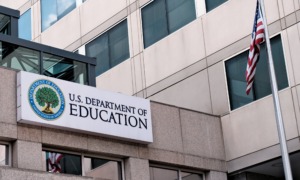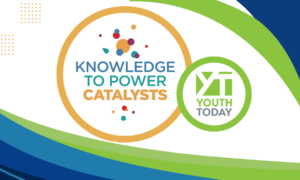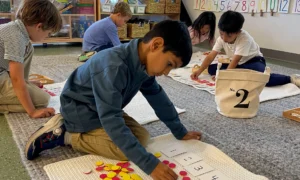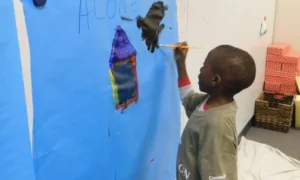Source
Summary
“The Education Recovery Scorecard report provides the first opportunity to compare learning loss and ensuing recovery at the district level across the country, providing opportunities to further understand how time remote, federal dollars expenditure, and other factors impacted students during and after the COVID-19 pandemic, as well as how some districts have made substantial progress toward academic recovery.
Since the beginning of the War on Poverty, social scientists have been investigating the link between unequal school spending and gaps in achievement by race and income. Over the decades, research has shown that certain interventions—such as pre-school, reduced class size in early grades, summer learning and high-dosage tutoring—do have positive causal impacts on student achievement. So, while there is no longer a question of whether more money for schools could improve student outcomes, there is still a question of magnitude: when given additional funds, how effectively do school boards and district leaders spend them to improve student outcomes and by how much?
The recent influx of federal pandemic relief provides a fresh opportunity to test the relationship between spending and achievement. During 2020 and 2021, the federal government approved three aid packages totaling nearly $190 billion for elementary and secondary schools, ninety percent of which was provided
directly to local school districts with little federal or state oversight. The aid was not based on student learning losses nor on the amount of time students were out of school. In fact, the final package of aid was approved in March 2021, while many schools were still operating remotely and before the magnitude of
losses were even known. Instead, the grants were provided proportional to each districts’ funding under the federal Title I program in fiscal years 2019 and 2020.
Because Title I funding is based on local poverty rates for school-age children, the federal relief went primarily to higher poverty districts. Therefore, our primary empirical challenge is distinguishing between the effect of the additional spending and the effect of community poverty. We take two different approaches to accomplish this.
To measure the impact of the federal pandemic relief dollars, we use data on test scores, district-level poverty rates, Title I funding, federal pandemic relief funding, district characteristics and the percent of the 2020-21 school year that the district was operating remotely or a hybrid of remote and in-person instruction. We obtain these data from multiple sources.”
Conclusions
“Last year, students in many states made historic gains in math and reading. Still, they made up only one-third of the pandemic loss in math and one quarter of the loss in reading.
We conclude that many districts spent the pandemic relief dollars in ways which boosted student achievement. But that is different from saying that the dollars had as much impact as they could have had. As noted in our report, researchers such as Harris (2009) and Guryan et al. (2023) have found higher effectiveness-cost ratios for interventions such as K-3 class size, summer learning and high-dosage tutoring programs. While districts did invest in all three, they also spent the funds on other activities — including worthwhile efforts such as masks and ventilation. Rather than provide general use funds, future state or federal aid might boost achievement even more by incentivizing districts to invest specifically in evidence-based academic catch-up efforts with higher cost effectiveness, such as extending the school year or summer learning (as Texas has done) or expanding tutoring programs (as Maryland and Virginia have done.)”
View Youth Today's Report Library






























